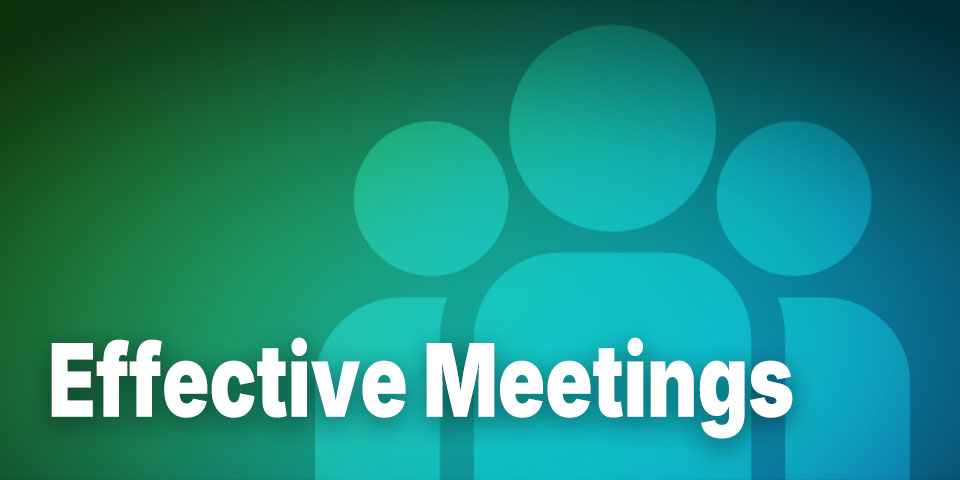
Best Practices for Effective Meetings
If you own a team meeting, it’s your responsibility to ensure it’s a productive and valuable use of everyone’s time. Below are clear guidelines and best practices to help you facilitate great meetings. (Note: These practices apply primarily to team meetings of three or more people, not 1:1s.)
Before the Meeting
Make Attendance Optional
Not everyone needs to attend every meeting. Clearly mark attendance as optional when appropriate. In Google Calendar, you can expand group invites to individuals and mark attendance as optional by clicking the person icon next to their name.
Prepare a Clear Agenda
Every meeting with more than two participants should have a written agenda shared on the calendar invitation at least a day in advance. Include time allocations for each agenda item and always reserve at least 5 minutes of the total scheduled time to wrap up.
If someone requests an agenda and you haven’t provided one, they have every right to decline attending the meeting.
Share Pre-Reading Materials
Provide all necessary pre-reading materials ahead of the meeting. Meetings should focus on discussion and decision-making rather than presenting information that attendees could review in advance.
Set Up Remote Access
Always ensure remote access is set up (e.g., Google Meet). As the meeting owner, you should include Google Meet details proactively using tools like the Google Meet Chrome plugin. This ensures remote team members can join easily, even on short notice.
During the Meeting
Arrive Early
Meeting owners should arrive a few minutes early to test remote conferencing tools and screen-sharing capabilities. Avoid delaying the start by ensuring technical setups are working before attendees arrive, even if that means leaving a previous meeting slightly early.
Start on Time
Respect everyone’s time by starting promptly. Latecomers should catch up quietly, without interrupting the flow.
Take Clear Notes
Designate someone, either yourself or another attendee, to capture notes. Use a shared resource like Google Docs, a wiki page, or even email. Clear notes improve accountability and ensure follow-up actions aren’t missed.
Timebox Discussions
Keeping discussions within their allocated times is your responsibility as meeting owner:
- Gently redirect off-topic conversations to a “parking lot” for later discussion.
- Move to the next item once a topic reaches its allocated time.
Follow the Agenda
Stick closely to the prepared agenda. If an unexpected topic arises that is genuinely more critical, acknowledge it explicitly and remove or defer less important items accordingly.
Solicit Meeting Feedback
Reserve the final few minutes for a quick feedback exercise. Conduct a simple +/-/Delta session:
- + (Positives): What participants liked.
- - (Negatives): What participants disliked.
- Delta (Change): Suggestions for improvements in future meetings.
This rapid feedback loop ensures continuous improvement.
End on Time
Conclude promptly, giving attendees enough time (around 5 minutes) to transition comfortably to their next commitment.
After the Meeting
Clearly Communicate Action Items
Send meeting notes and clear action items to attendees promptly after the meeting. Each action item should include:
- A clearly designated owner.
- A specific, actionable next step.
- Any relevant deadlines or follow-up expectations.
Consistent, clear follow-ups ensure meetings translate into meaningful progress and accountability.